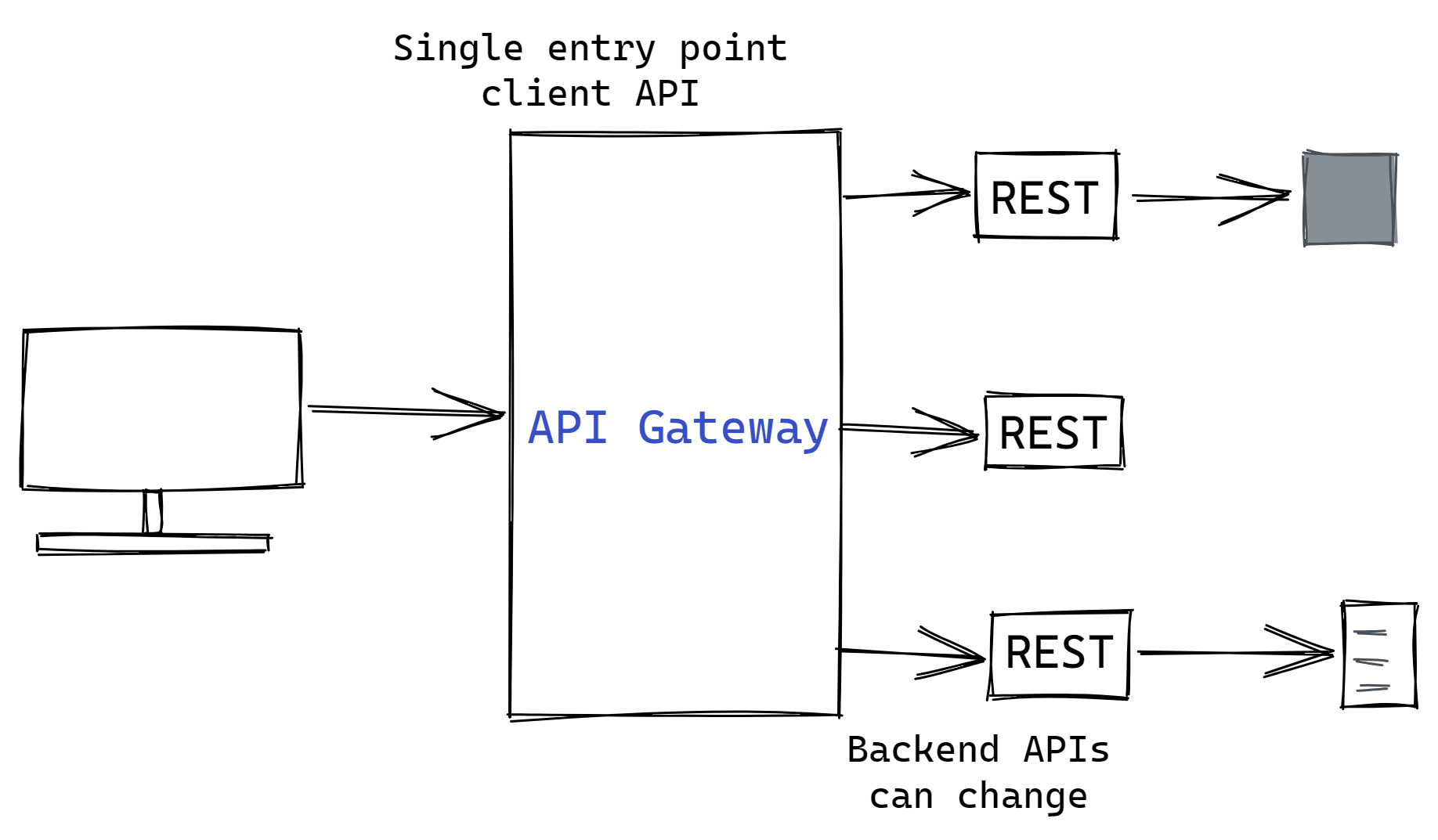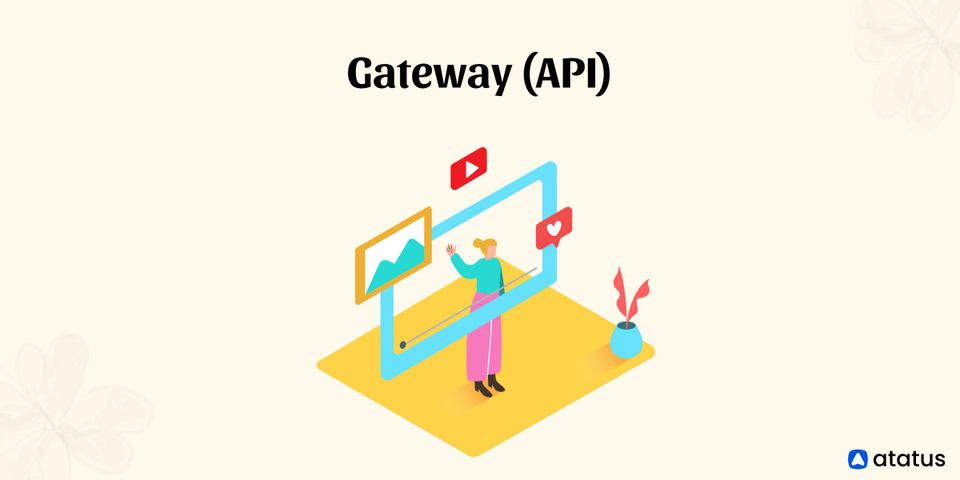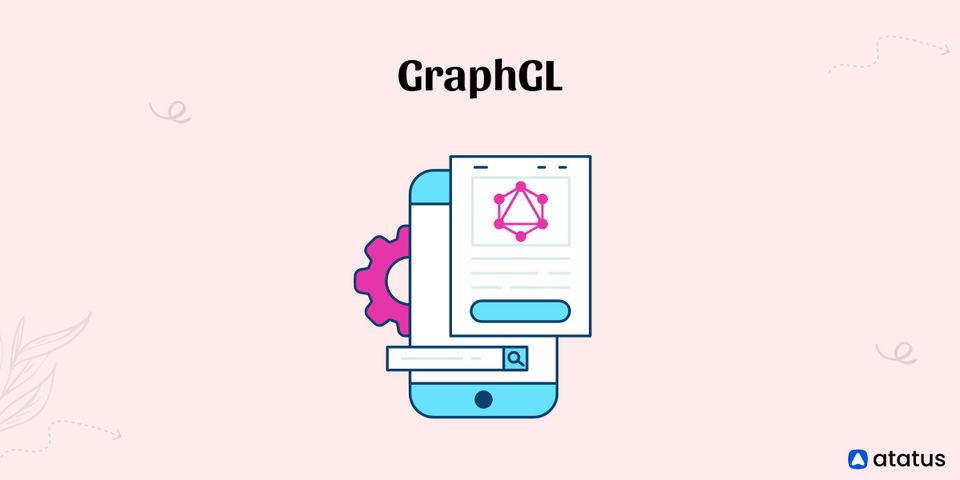An application programming interface (API) gateway is software that receives a request from an application user, directs it to one or more backend services, compiles the necessary information, and then sends it back to the user in one, integrated package. Additionally, it offers layers of threat prevention, analytics, and other security measures for the application.
Here's how it is done:
- What is API Gateway?
- Features of API Gateway
- How Does API Gateway Work?
- Benefits of API Gateway
- Why is API Gateway Important?
- Tools for API Gateway
What is API Gateway?
As the traffic manager for the actual backend service or data, an API Gateway implements policies, authentication, and general access control for API calls to safeguard sensitive information.
An API gateway was created to optimize communication between external customers and your backend services, providing your clients with a seamless experience. It is how you control access to your backend systems and services.
Your services are scalable and highly available due to an API gateway. It is in charge of directing the request to the proper service and returning a response to the requester. An API gateway controls API traffic and requests, including load balancing, both inside and outside of your company. It also maintains a secure link between your data and APIs.
To safeguard sensitive data, the gateway implements policies, authentication, and general access control for API calls. Using request routing, protocol translation, and composition, an API gateway receives all API requests from clients and directs them to the appropriate microservice.

The ability of an API gateway to call several backend services and combine the results is one of the main reasons it is utilized. Customers can send requests to the API gateway, which will then forward them to the appropriate service, rather than sending requests for each service.
Additionally, an API gateway offers a substitute for APIs that are universal in design. In today's constantly changing surroundings, an API gateway is also able to present a separate API for every client, which is essential.
Features of API Gateway
These key features are provided by API Gateway:
- API Mashups
You can combine services and make them available as a single service using API Gateway. By combining an API operation with other API operations accessible through API Gateway, you can build API mashups that expand it. - Built-in Usage Analytics
API Gateway offers details on API- and Gateway-specific events, including information on which APIs are more popular than others. Users have access to dashboards that display information about specific occurrences for the Gateway. - Clustering Support
API Gateway can be clustered with other instances to offer scalability and high availability. - Functional Privileges
Using teams, API Gateway enables you to grant functional privileges to a user or group (local or LDAP). The functional privileges are organized into teams that are connected to groups. To use any of the essential API Gateway functions, you need to have a functional privilege given. - Mediation
For run-time queries between applications and native services, API Gateway offers routing strategies like content- and context-based. Incoming requests to an API are routed and load balanced by these policies. - Message Transformation
You can customize an API with API Gateway, which also allows you to change the request and response messages to meet your needs. To accomplish this, you can instruct the mediation process to transform messages using an XSLT file. Additionally, an API can be set up to use Integration Server services to pre- or post-process request or response messages. - REST API and SOAP API Support
Both SOAP and REST APIs are supported by API Gateway. With this functionality, businesses can continue to use SOAP-based APIs they already have while switching to REST for new APIs. An API provider can expose just a portion of a SOAP API or the entire SOAP API with a RESTful interface due to the API Gateway's SOAP to REST transformation functionality. You can alter how SOAP activities are delivered as REST resources using API Gateway. - Secure APIs
API Gateway protects against harmful attacks launched by third-party client applications. By filtering requests arriving from specific IP addresses and adding them to a blacklist, administrators can secure traffic between API consumer requests and the execution of services on API Gateway. They can also identify and filter requests coming from specific mobile devices. - Policy Enforcement
Complete run-time API governance is offered by API Gateway. API Gateway enforces operational policies, including security policies, for run-time queries between applications and native services, as well as access tokens like API key check and OAuth2 token. A group of APIs can be subject to a set of global API Policies. You can create policy templates for use across APIs using API Gateway.
How Does API Gateway Work?
Application usage and testing entail a variety of data exchange procedures. Such communication calls for in-depth planning. The API gateway functions as a central platform for accepting different API queries to resolve the problem.
During the process, many API calls are aggregated, authenticated, and forwarded to the proper APIs.
For requests made by specific microservices in the microservices ecosystem, it produces an appropriate gateway. It also establishes norms for behavior and accessibility.
Additionally, API gateways perform tasks including service discovery, API protocol translation, business logic processing, cache management, network traffic support, and API monitoring.

Between a user and a group of microservices, API gateways provide three essential services:
- Request Routing
An API gateway takes a new API request, splits it into many requests, refers to a routing map to determine to which internal microservice or microservices each request should be routed, and then transmits the requests. - API Composition
The API gateway offers workflow orchestration by combining the required data from many microservices, bundling it, and returning it to the requestor in composite form. - Protocol Translation
API gateways translate different API protocols so that client requests and microservices can connect. They know that API requests originate from devices employing various API protocols. The gateway converts API protocols from the end-user device, such as a web browser, mobile device, or another endpoint, to the protocols used by the microservice.
Benefits of API Gateway
Your microservice applications will get the following benefits by integrating one or more API gateways:
- API Authentication
By authenticating API calls, an API gateway adds another layer of security that guards against errors, hacks, and data breaches. Antivirus checking, encryption and decryption, token translation, validation, and other security operations can all be a part of authentication and authorization. - Billing for Microservices
Some businesses make some of their APIs profitable by providing a service to customers or other businesses. The API gateway manages traffic, keeps track of usage for certain products or services, and communicates prices with a connected billing system. - Extending Legacy Apps
Businesses continue to use legacy applications that contain crucial data, carry out important tasks, and add value but weren't designed for APIs. As more calls come in from emerging technologies, including mobile, SaaS, or IoT apps, such older technology can struggle to handle them. - Faster Response Times
An application's user experience is enhanced because of fewer roundtrips, less traffic, decreased latency, and overall higher performance because an API gateway sends requests directly to the appropriate services. - Input Validation
Before the gateway sends an API request to a microservice, input validation verifies that it contains all the required data in the appropriate format. The gateway rejects the request if something is missing or incorrect. Once it has been verified as accurate, the gateway sends the request. - Microservices Security
A barrier is placed in front of an application's backend by an API gateway, enhancing security. It shows that an application's endpoints are not exposed, lowering the risk of an attack. A business can also choose to use HTTPS for further security or HTTPS encrypted with SSL for better performance. - Rate Limiting
A rate-limiting API gateway controls how many API queries a client (or malicious bot) is allowed to make in a given amount of time, such as per second, day, week, or month, to prevent the system from becoming overloaded and perhaps crashing.
Why is API Gateway Important?
Today, gateways are used to install the majority of enterprise APIs. Due to the increased use of microservices, API gateway usage has increased. Since each microservice has its functionality, an application can be divided into several loosely connected services using microservices.

Microservices make it simpler to create, deploy, and maintain the many components of an application, but they can also make it more challenging for users to swiftly and securely access the application. The answer to this issue is an API gateway.
The gateway acts as a single point of entry for requests, distributing them to the appropriate services, gathering the results, and relaying them back to the requestor rather than requiring customers to request access to each microservice separately.
Developers refer to this function as routing, which is the primary justification for using an API gateway. For instance, API gateways help your company in managing the volume of calls coming from, say, a mobile app like Uber and a backend software like Google Maps.
Tools for API Gateway
Major players in the API Gateway Space (both open-source and proprietary) are listed.
Open-source API Gateways:
- Kong – Kong is an open-source API gateway and platform that serves as a bridge between computing clients and API-centric applications. By using plugins, the platform can quickly increase the functionality of APIs.
- Tyk – Tyk serves as an API gateway management solution that links RESTful APIs. It connects APIs without the user having to worry about fork maintenance, external dependencies, or SaaS add-on purchases. The software is available for on-premises, hybrid, and cloud use.
- Express API Gateway – Through API endpoints, Express Gateway makes APIs accessible. As a gateway, it forwards API queries to microservices that are mentioned in service endpoints from API endpoints.
- KrakenD – KrakenD is a very effective open-source Gateway with linear scalability that can alter, combine, or delete data from multiple services.
- Zuul – Zuul Server is an API Gateway. It manages every request and implements dynamic routing for microservice applications. It serves as the entrance for all requests.
Proprietary API Gateways from Cloud Providers:
- Apigee – Apigee is one tool that can handle the API gateway and make it simpler to create and launch cutting-edge, developer-friendly apps.
- Amazon API Gateway– It is a fully managed service that makes it easy for developers to construct, publish, maintain, monitor, and protect APIs of any size.
- Azure API Gateway – It is a managed load balancing service that is capable of SSL termination and layer-7 routing. Additionally, a web application firewall (WAF) is provided.
Conclusion
To manage and streamline API activity and communications with both internal and external customers, the API gateway serves as the central hub for API messaging. Instead of tracking and managing APIs separately, a corporation can view and handle a wide range of integrations and APIs centrally due to this management and oversight. API gateways often contain monitoring and logging features to record and examine calls and responses to ensure security and evaluate errors.
Also Read:
Enterprise Application Integration (EAI)
Atatus API Monitoring and Observability
Atatus provides Powerful API Observability to help you debug and prevent API issues. It monitors the user experience and is notified when abnormalities or issues arise. You can deeply understand who is using your APIs, how they are used, and the payloads they are sending.

Atatus's user-centric API observability monitors the functionality, availability, and performance of your internal, external, and third-party APIs to see how your actual users interact with the API in your application. It also validates rest APIs and keeps track of metrics like latency, response time, and other performance indicators to ensure your application runs smoothly. Customers can easily get metrics on their quota usage, SLAs, and more.



